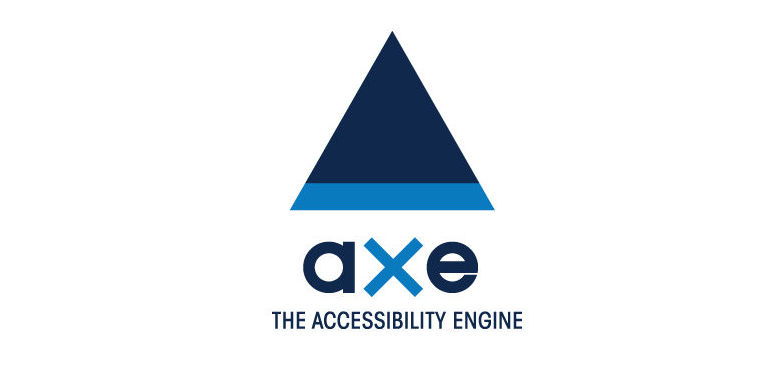Automating accessibility testing in web development has become a vital component of ensuring digital inclusivity. However, like any automated system, it often encounters various errors and issues that can hinder its effectiveness. Understanding and addressing these common problems is crucial for maximizing the return on investment in accessibility automation tools.
One frequent issue is the occurrence of “Make” errors, which typically arise when there is an inconsistency in dependencies or configuration within the testing framework. For example, if your project relies on specific libraries that have not been properly linked or version-locked, the automated tests may fail or deliver inaccurate results. A practical solution is to verify the integrity of your project’s dependencies by running a package manager command to check for mismatches and rectify them accordingly. Ensuring that all libraries are updated and compatible with the version of the testing tool you are using can prevent such issues from occurring.
Another critical concern is API rate limits, particularly if your tests interface with external services or databases. Many APIs impose restrictions on the number of requests that can be made within a specific time frame. Exceeding these limits can lead to failed tests or incomplete accessibility evaluations. To troubleshoot this, consider implementing a throttling mechanism in your testing scripts that spaces out API calls. This will help avoid hitting those rate limits and ensure consistent results. Additionally, utilizing local testing environments where feasible can reduce the dependence on external services, leading to more stable test outcomes.
Integration issues also come up frequently, where the accessibility testing tool does not seamlessly fit into existing workflows or development pipelines. Integration challenges can stem from differences in API designs, authentication protocols, or even data formats between the testing tool and your existing software. A good first step in mitigating integration problems is to consult the documentation provided for the testing tool, as it often includes guidelines on proper setup and troubleshooting. Testing in smaller, incremental steps can also reveal where the integration is breaking down, allowing you to address specific issues rather than overhauling your workflow all at once.
In addressing these automation errors, swift resolution is paramount. The potential risks of delaying fixes can be significant, especially given that unaddressed accessibility hurdles can alienate a portion of the digital audience. Not only does this impact brand reputation, but it can also lead to potential legal challenges if compliance standards are not met. Moreover, time lost due to unresolved issues can lead to increased development costs, as teams may need to backtrack to fix flaws rather than focus on progressive development.
The ROI of implementing robust accessibility testing is clear: by integrating these tests effectively into your workflows and ensuring they run with minimal disruption, organizations can shift their focus from crisis management to continuous improvement. Efficient resolutions keep projects on track and ensure that accessibility isn’t sidelined, but rather incorporated into the development process seamlessly.
For practical advice, it’s essential to institute a routine for both manual and automated accessibility checks. This not only aids in catching errors before they become compounded issues but also prepares your team to adapt to any developments in accessibility standards or technology. Regular training sessions that highlight common error fixes and troubleshooting methods can empower your team, enabling them to handle automation more effectively.
In conclusion, addressing common automated accessibility testing errors such as Make errors, API rate limits, and integration issues requires a proactive and methodical approach. The benefits of resolving these issues quickly extend beyond mere compliance; they foster a culture of inclusivity in digital spaces, yielding long-term benefits for both company reputation and user satisfaction.
FlowMind AI Insight: To achieve a truly accessible digital ecosystem, organizations must prioritize education and awareness around common automation pitfalls. Fast and effective troubleshooting not only enhances operational efficiency but also aligns with the growing demand for inclusivity in tech development. Investing in tools like aXe can lay the groundwork for a comprehensive accessibility strategy that streamlines troubleshooting while profoundly improving user experience.
Original article: Read here
2016-02-29 08:00:00

